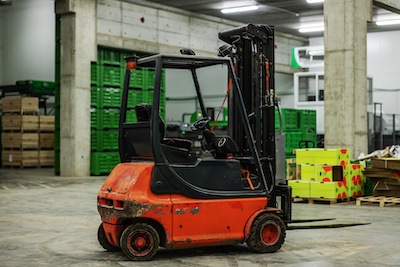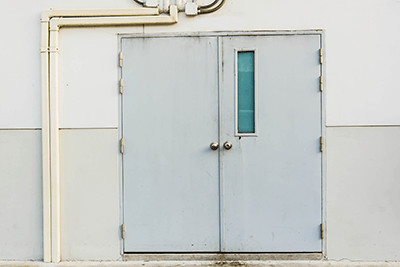Surfaces Likely To Contaminate Processing Facilities
By Donald Markham

Whether you’re a food and beverage processor, a pharmaceutical lab, or operate any other type of facility with strict environmental controls, contamination makes a mess of things.
One common cause for concern when it shows up is corrosion, which, according to NACE International, has a global estimated cost of $2.5 trillion.
And since corrosion is caused in many ways, including exposure to oxygen, moisture, and chemicals, few facilities are safe from cross-contamination risks that follow.
The worst part?
Because corrosion is irreversible, replacement of corroded surfaces is the only option for preventing the goods you produce and deliver from being exposed. In fact, failure to do so as quickly possible may cause operations to be suspended by regulators tasked with rooting out harmful traces of bacteria.
That’s why the most important question to ask oneself while stopping contamination caused by corrosion is: where could it possibly be spreading itself?
The answer may surprise you, because corrosion likes to show itself on common surface materials leaving your processes exposed!
FACILITY EQUIPMENT COMMONLY CONTAMINATED BY CORROSION
1. PRODUCTION MACHINERY

Many industrial plants end up creating the exact conditions that lead to corrosion. And once metal pieces of machinery start to corrode, there’s no stopping it. Not only does this lead to having to replace the corroded parts, but it also increases the likelihood of ongoing contamination. Knowing how corrosion works, it’s not the least bit surprising how often it likes to strike at the very heart and valves of production.
2. FREIGHT VEHICLES

Corrosion can also cause problems for freight vehicles by damaging the equipment’s electrical system. Once moisture gets into the wiring system, it can proceed down the entire length of the wire, which only makes the problem worse. And that’s not all, since, in all likelihood, corrosion may already be taking over exterior metallic surfaces which are likely to come into direct contact with current shipments.
3. ENTRANCE DOORS

Sanitization is critical, especially when you’re working in food and beverage or pharmaceutical industries. But rigorous sanitization requirements can lead to corrosion that rots conventional hollow metal and stainless steel doors from the inside out, making them defenseless against moisture, chemicals, and bacteria. And so, once corrosion is allowed to enter your doors freely, the only way to make sure it stays out is with pedestrian doors that can’t be rotted.


 Donald Markham is an experienced facility access specialist helping facility operations teams move the needle in the areas that matter most with proven door and dock solutions that got your back in every situation!
Donald Markham is an experienced facility access specialist helping facility operations teams move the needle in the areas that matter most with proven door and dock solutions that got your back in every situation!